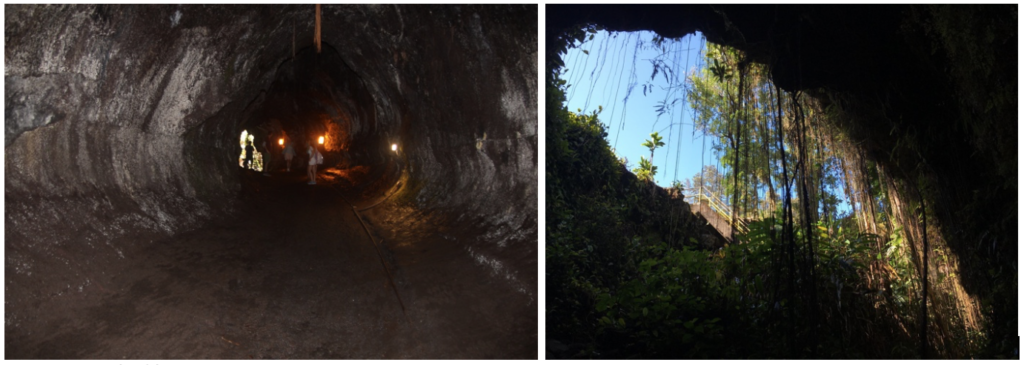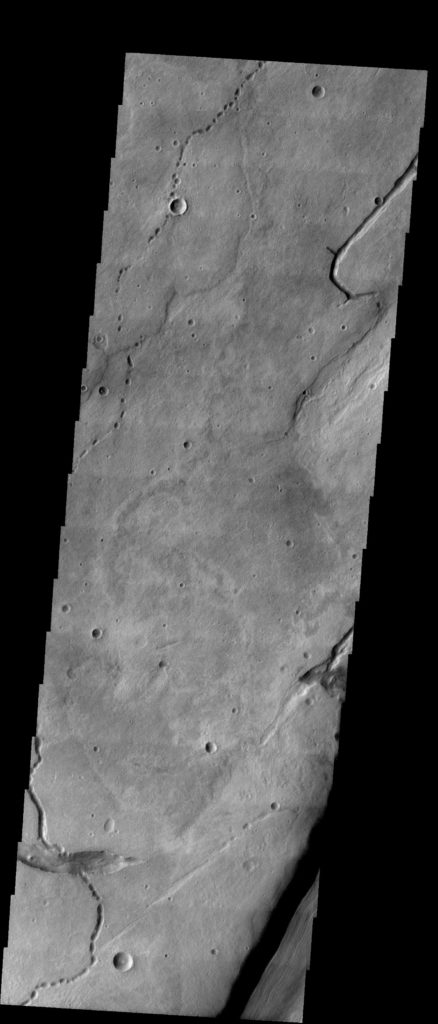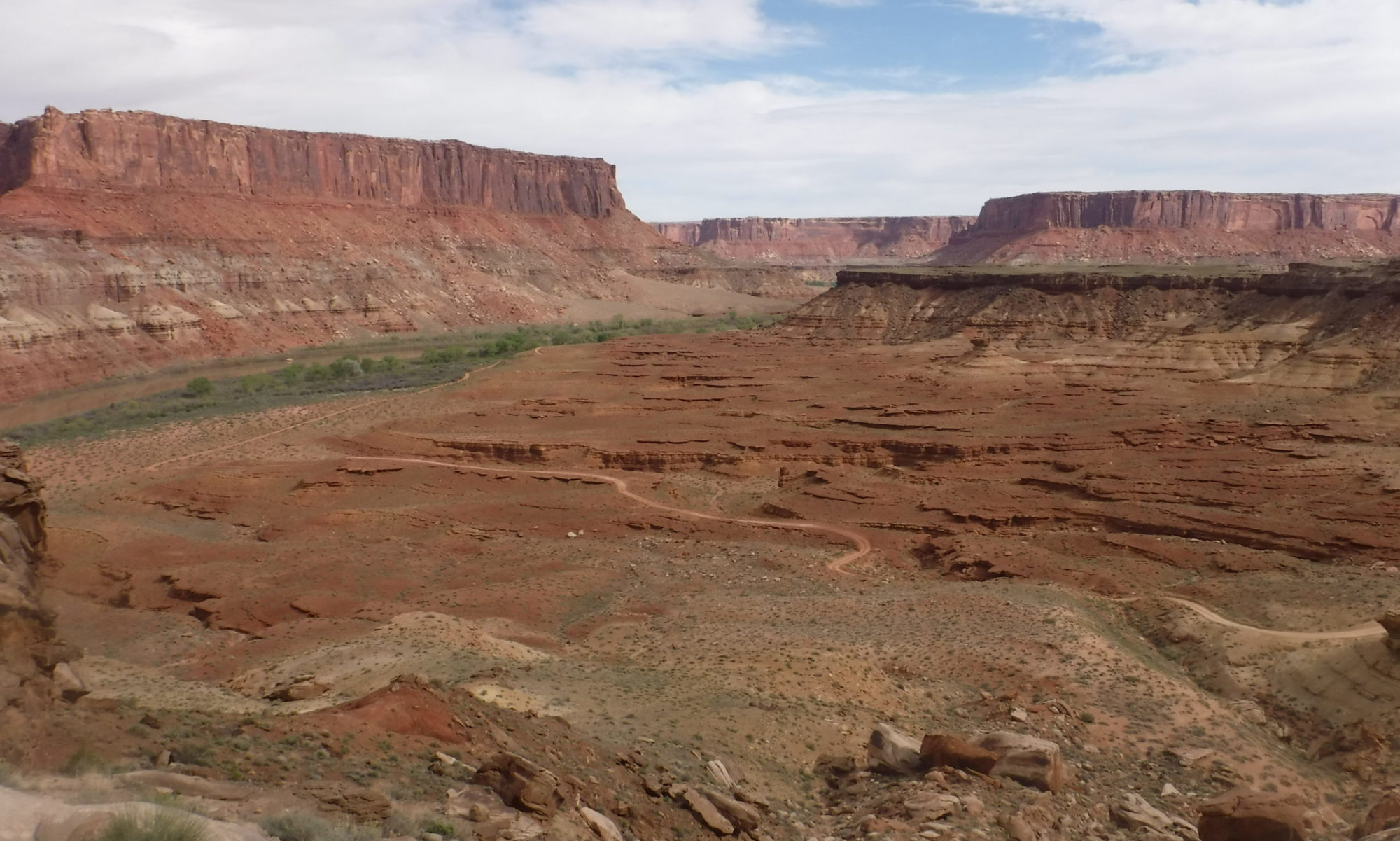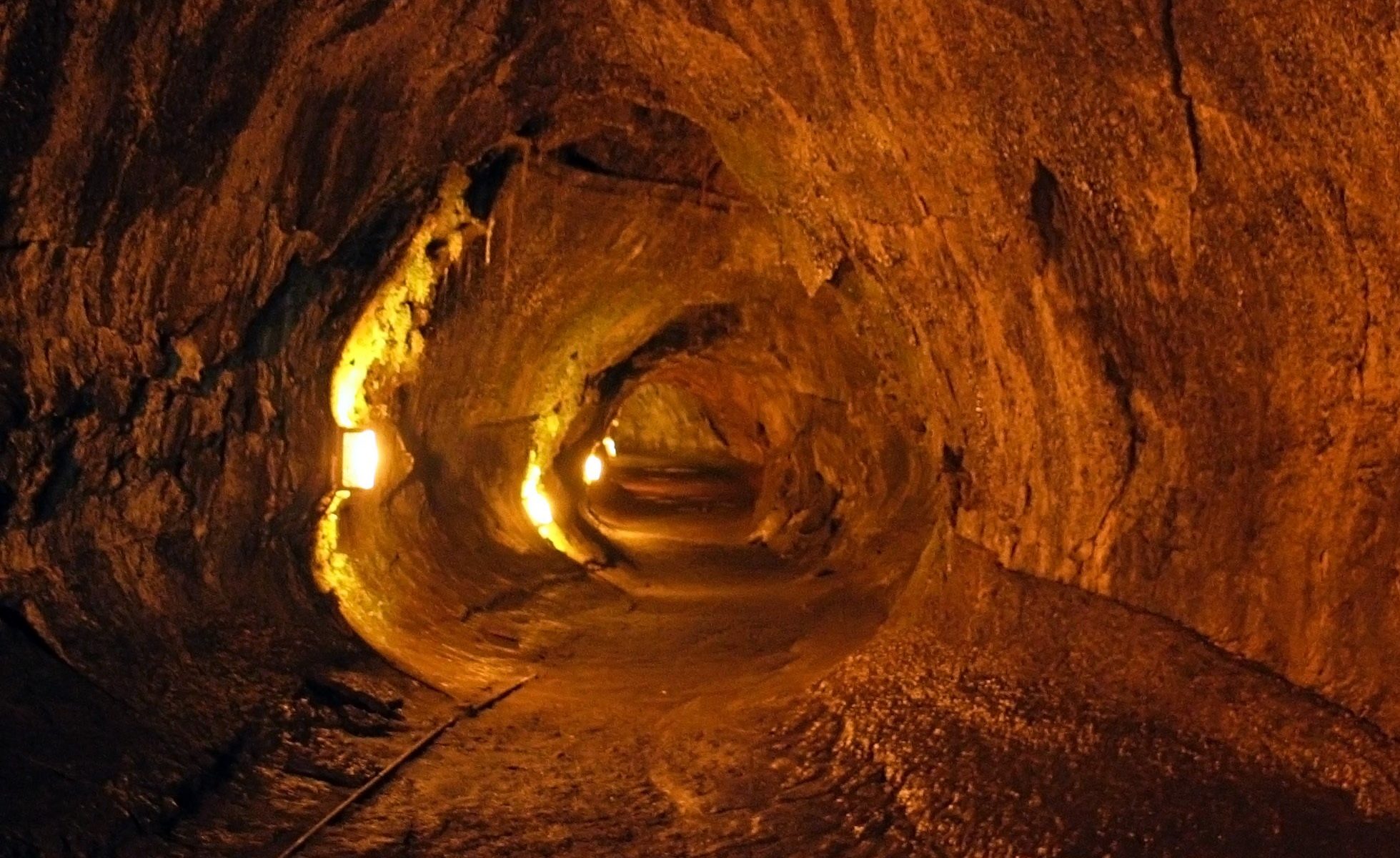Authors: F. Sauro, R. Pozzobon, M. Massironi, P. De Berardinis, T. Santagata, J. De Waele
Editor’s note: due to an editorial mixup, two Geobites authors—unbeknownst to each other—wrote about the same paper. We encourage readers to take advantage of this opportunity to learn how two different geoscientists would describe the same exciting development in their field. The other post is here.
Ever since humankind set foot on the surface of the Moon in 1969, the question of whether one day the human race would inhabit other planets has been pondered over. As a result of the return of samples collected by the Apollo astronauts, and the delivery of meteorites to the Earth, scientists are continuously learning about the geological evolution of other planets.
Within these contexts, plans for sending astronauts back to the Moon are well underway with the upcoming 2024 NASA Artemis mission. In addition, plans for prolonged human presence are being made through the development of a Moon Base Camp at the lunar South Pole and sometime in the future, the first humans will venture across space to Mars. But what will robotic and human inhabitance of these extraterrestrial worlds look like for those who venture there? A recent study by Francesco Sauro and colleagues compared the sizes, shapes, and occurrences of volcanic features, specifically lava tubes, on Earth, the Moon, and Mars.
Lava tubes can be thought of as tunnels, or caves, through which magma once flowed (Figure 1a) with access to them through features known as skylights which represent regions where tubes have collapsed (Figure 1b). On other planets these lava tubes represent potential targets for exploration as they would provide access to the extraterrestrial subsurface environment. On Mars the subsurface environment is a primary target in the search for life past and present on the planet. In addition, these lava tubes could serve as storage areas for supplies and would have the potential to provide astronauts with shelter and protection (e.g. from solar radiation).

Figure 1b (right) skylight at the Kaumana caves, a 25m long lava tube, Hawaii. Authors own image.
On the Moon, over 300 potential access points (skylights) have been identified while over 1000 have been identified on Mars. Images that revealed these features were acquired by orbiters which were launched in 2009 to the Moon and in 2005 to Mars, both of which continue to orbit these planetary objects today. Francesco Sauro and co-authors compared extraterrestrial features of lava tubes captured by these orbiters to 3 lava tube sites on Earth: Corona in Lanzarote, Spain, Kazumura in Hawai’I, and Undara in North Queensland, Australia. Collectively, these represent the largest terrestrial lava tubes (in terms of volume).
While the overall appearance of lava tubes and their skylight collapse features on Earth, the Moon, and Mars was found to be similar, notable differences were observed. Specifically, the width/depth ratio of lava tubes varied between planets with the volumes of collapse features increasing from Earth, to Mars, and then the Moon. While the presence of lava tubes and their skylights on all three planetary objects indicates that similar volcanic processes operate, the observed differences are likely a result of the distinct gravity conditions each planet is subject to with surface gravity on the Moon being lower than on both Mars and Earth.
Of the three rocky bodies studied, Francesco Sauro and collaborators demonstrated that the Moon hosts the volumetrically largest lava tubes, in some cases exceeding billions of cubic meters (compare this to the volume of the Grand Canyon at ~4.17 trillion cubic meters). While the outcomes of their lava tube assessments highlight the potential for future exploration of these environments on the Moon, and to a lesser degree Mars, these remote observations and inferences are influenced by similar, well-studied, features on Earth. Nevertheless, targeting these features presents an exciting opportunity for the future of robotic and human exploration of space.

Out of this world! Evaluating the presence of lava tubes on other planets and the potential for future human habitats by Claire McLeod is licensed under a Creative Commons Attribution 4.0 International License.

